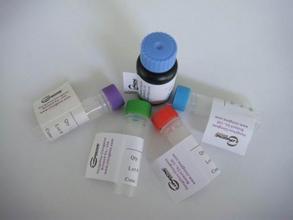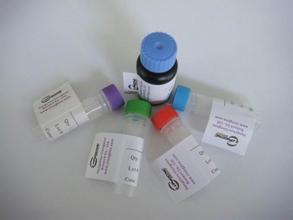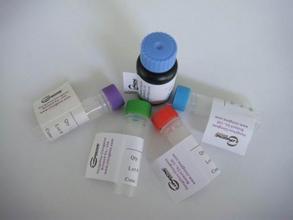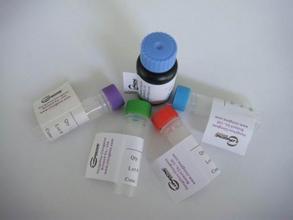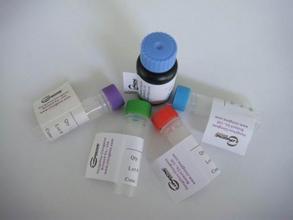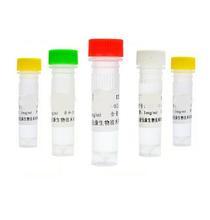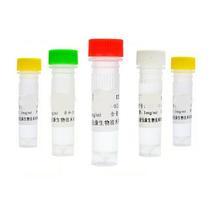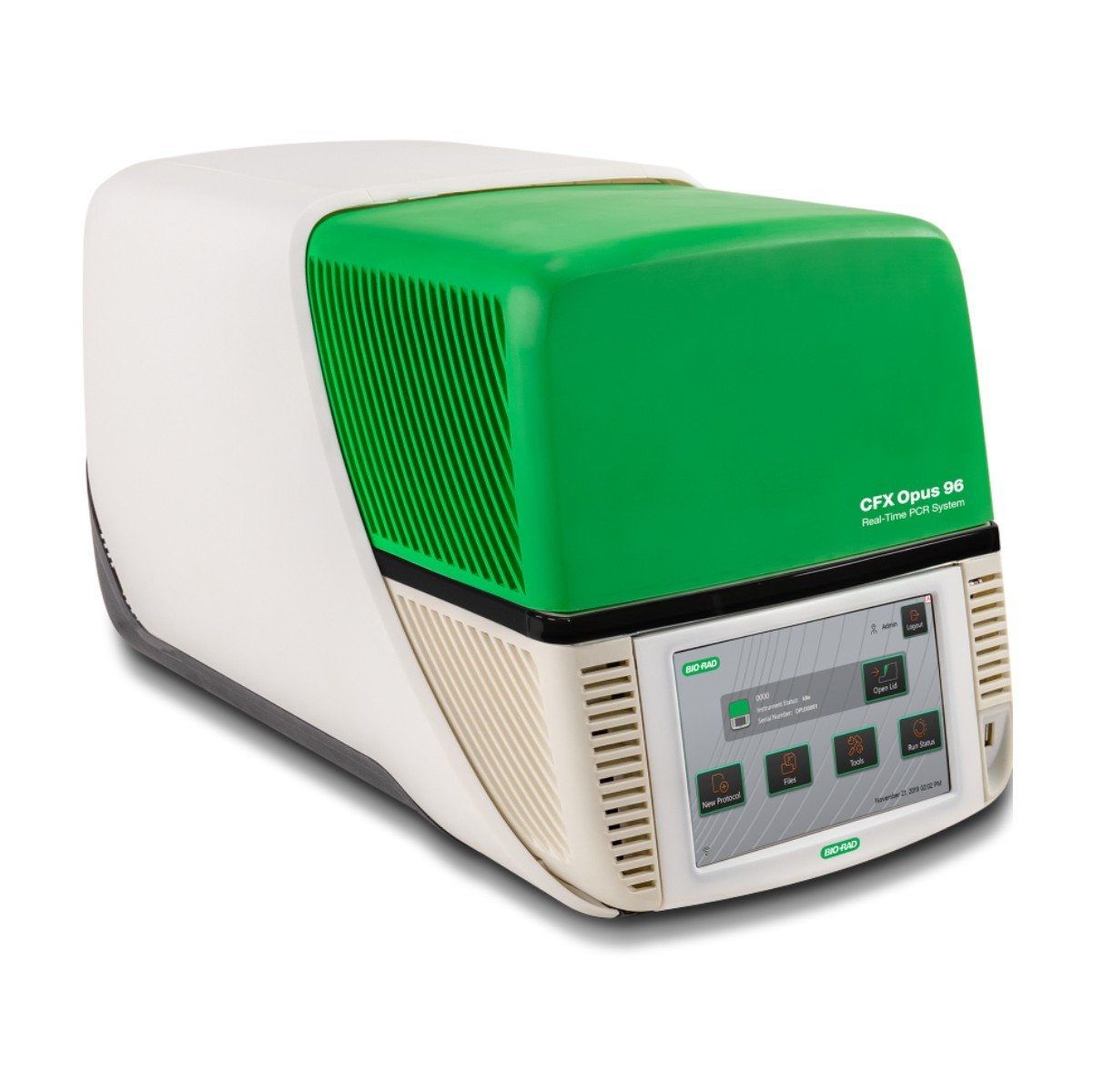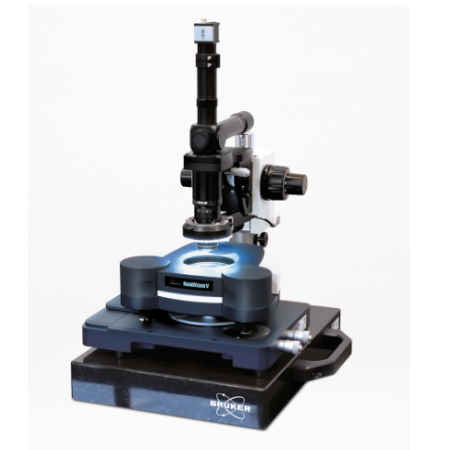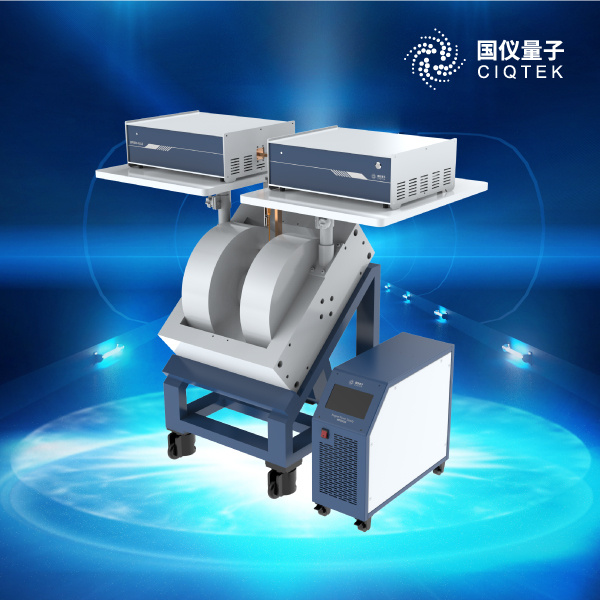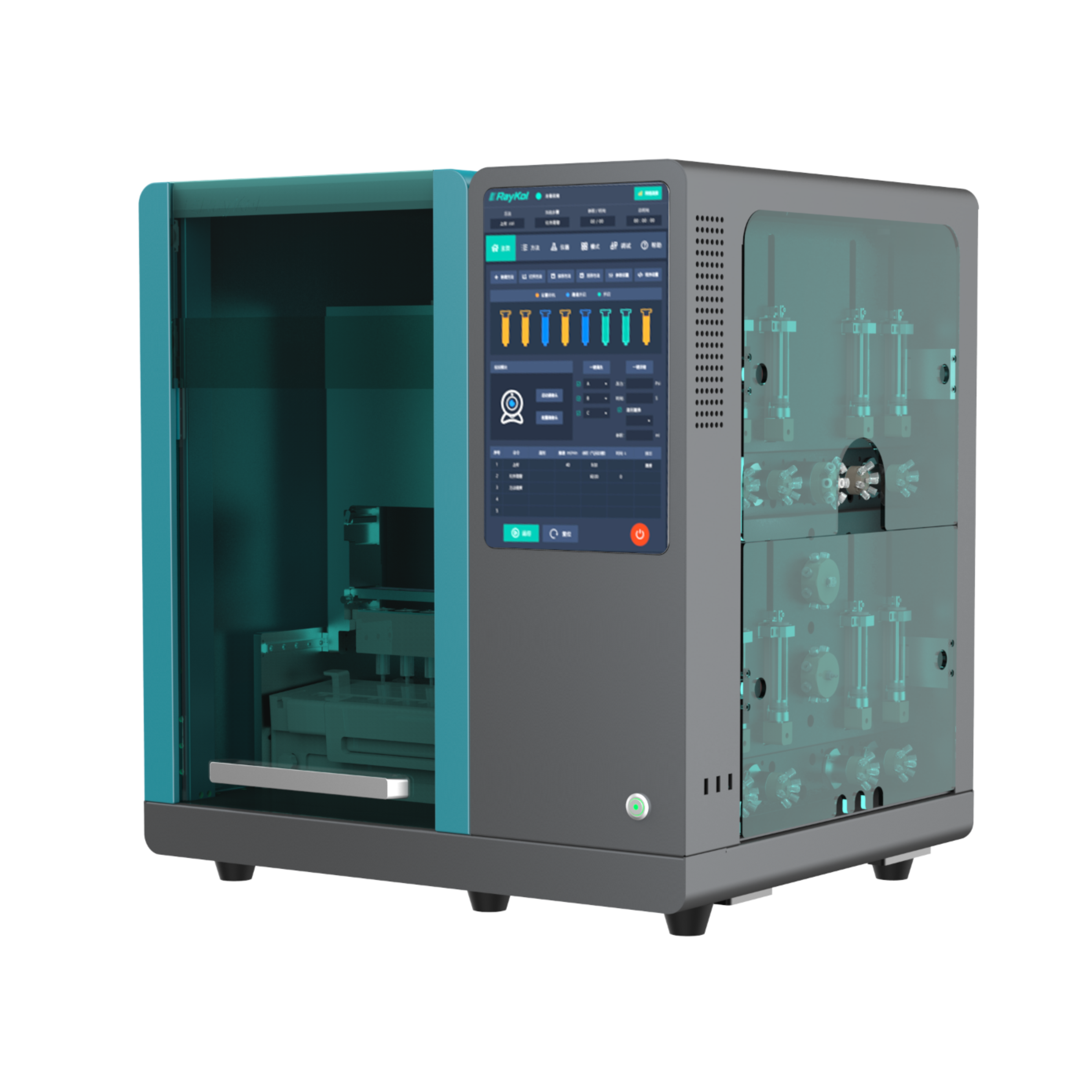脑源神经营养因子抗体英文名称 Anti-BDNF
中文名称 脑源神经营养因子抗体
别 名 Abrineurin; Brain Derived Neurotrophic Factor; MGC34632; Neurotrophin.
浓 度 1mg/1ml
规 格 0.1ml/100μg 0.2ml/200μg
抗体来源 Rabbit
脑源神经营养因子抗体克隆类型 polyclonal
交叉反应 Human, Mouse, Rat, Dog, Pig, Cow, Horse, Rabbit, Guinea Pig
产品类型 一抗
研究领域 神经生物学 信号转导 生长因子和激素 转录调节因子 激酶和磷酸酶
蛋白分子量 predicted molecular weight: 28kDa
性 状 Lyophilized or Liquid
免 疫 原 KLH conjugated synthetic peptide derived from human BDNF (70-100aa)
亚 型 IgG
纯化方法 affinity purified by Protein A
储 存 液 0.01M PBS, pH 7.4 with 10 mg/ml BSA and 0.1% Sodium azide
产品应用 WB=1:100-500 ELISA=1:500-1000 IP=1:20-100 IHC-P=1:100-500 IHC-F=1:100-500 IF=1:100-500
(石蜡切片需做抗原修复)
not yet tested in other applications.
optimal dilutions/concentrations should be determined by the end user.
保存条件 Store at -20 °C for one year. Avoid repeated freeze/thaw cycles. The lyophilized antibody is stable at room temperature for at least one month and for greater than a year when kept at -20°C. When reconstituted in sterile pH 7.4 0.01M PBS or diluent of antibody the antibody is stable for at least two weeks at 2-4 °C.
Important Note This product as supplied is intended for research use only, not for use in human, therapeutic or diagnostic applications.
产品介绍 Neurotrophins function to regulate naturally occurring cell death of neurons during development. The prototype neurotrophin is nerve growth factor (NGF), originally discovered in the 1950s as a soluble peptide promoting the survival of, and neurite outgrowth from, sympathetic ganglia. More recently, three additional structurally homologous neurotrophic factors have been identified. These include brain-derived neurotrophic factor (BDNF), neurotrophin-3 (NT-3) and neurotrophin-4 (NT-4), also designated NT-5. These various neurotrophins stimulate the in vitro survival of distinct but partially overlapping populations of neurons. The Trk A receptor is the preferential receptor for NGF, but also binds NT-3 and NT-4. The Trk B receptor binds equally well to both BDNF and NT-4 and to a lesser extent NT-3, while the Trk C receptor only binds NT-3. BDNF promotes the survival of neuronal populations that are all located either in the central nervous system or directly connected to it. Belongs to the NGF-beta family.
Function : During development, promotes the survival and differentiation of selected neuronal populations of the peripheral and central nervous systems. Participates in axonal growth, pathfinding and in the modulation of dendritic growth and morphology. Major regulator of synaptic transmission and plasticity at adult synapses in many regions of the CNS. The versatility of BDNF is emphasized by its contribution to a range of adaptive neuronal responses including long-term potentiation (LTP), long-term depression (LTD), certain forms of short-term synaptic plasticity, as well as homeostatic regulation of intrinsic neuronal excitability.
Subunit : Monomers and homodimers. Binds to NTRK2/TRKB.
Subcellular Location : Secreted.
Tissue Specificity : Brain. Highly expressed in hippocampus, amygdala, cerebral cortex and cerebellum. Also expressed in heart, lung, skeletal muscle, testis, prostate and placenta.
Post-translational modifications : The propeptide is N-glycosylated and glycosulfated.
Converted into mature BDNF by plasmin (PLG).
DISEASE : Defects in BDNF are a cause of congenital central hypoventilation syndrome (CCHS) [MIM:209880]; also known as congenital failure of autonomic control or Ondine curse. CCHS is a rare disorder characterized by abnormal control of respiration in the absence of neuromuscular or lung disease, or an identifiable brain stem lesion. A deficiency in autonomic control of respiration results in inadequate or negligible ventilatory and arousal responses to hypercapnia and hypoxemia. CCHS is frequently complicated with 脑源神经营养因子抗体neurocristopathies such as Hirschsprung disease that occurs in about 16% of CCHS cases.
Similarity : Belongs to the NGF-beta family.
神经生物学相关蛋白(Neurobiology)
人脑源性神经营养因子(BDNF)和神经营养素-3(NT-3)神经生长因子(NGF)属于神经营养因子(NTF)家族的组成成员,具有促进早期神经元的增殖与分化,维持成熟神经元的存活的生物学功能,能调控神经元再生的微环境、可促进运动神经元的存活和生长并能防止它受损及死亡。对治疗神经系统疾病有广泛的临床应用前景。
目前已经用于某些疾病的临床试验:如早期老年性痴呆症、帕金森氏症、糖尿病、艾滋病或其他原因引起的外周神经损伤等研究。
更多![]()
企业名称
上海抚生实业有限公司
企业信息已认证
企业类型
信用代码
310112001171431
成立日期
2012-05-02
注册资本
50
经营范围
上海邦景实业有限公司
公司地址
上海 松江区莘松路
客服电话



